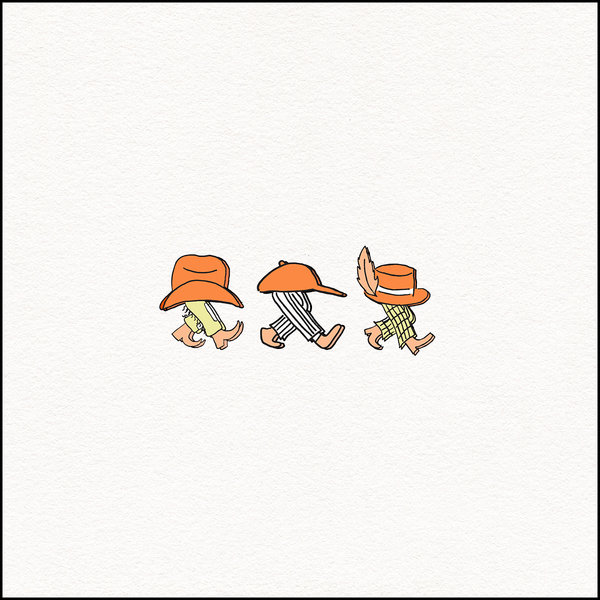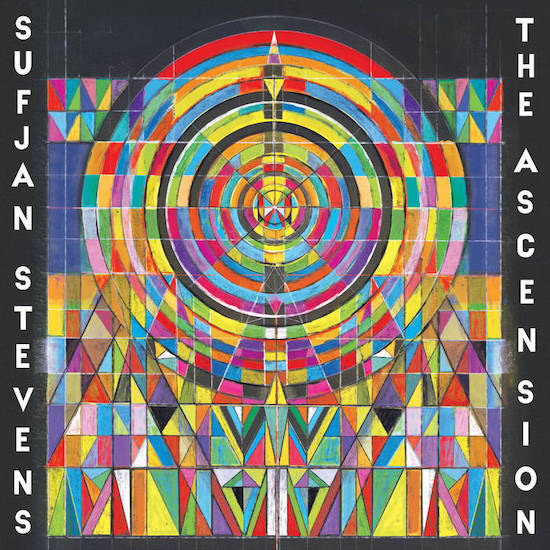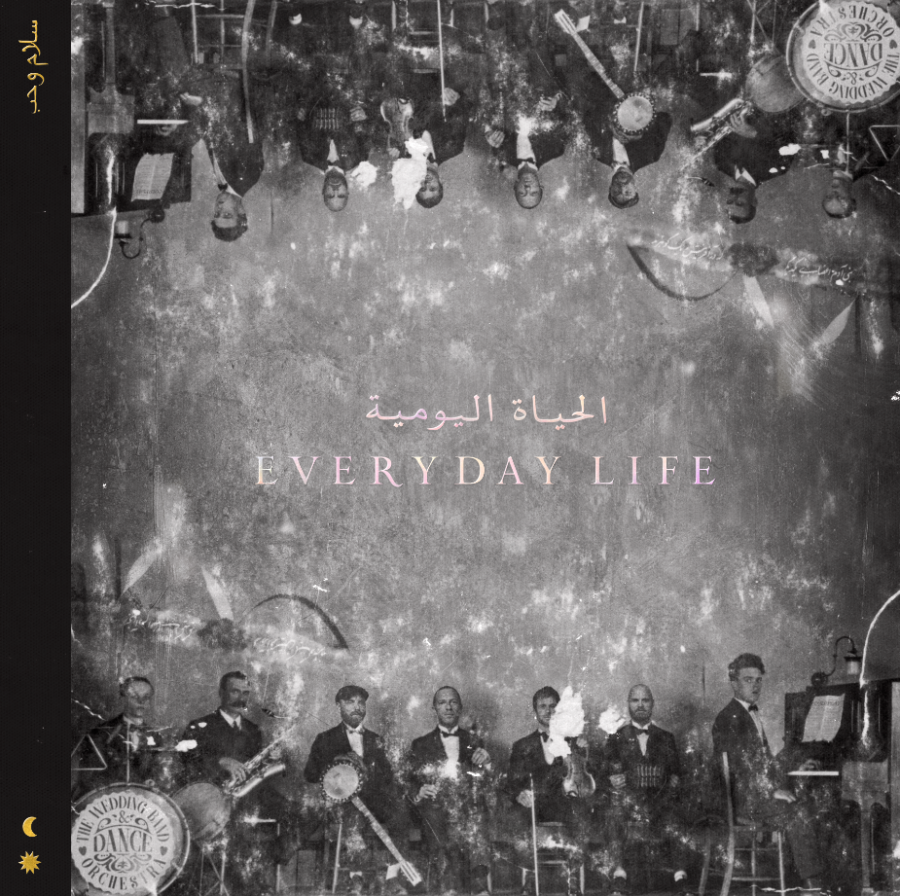Bon Iver, the primary creative vehicle of Justin Vernon, has returned with the follow-up to their 2011 expansive self-titled album. The new album, titled “22, A Million,” is instantly curious, as each song is paired with a symbol that features a number. These numbers inform each of the 10 song titles, which are mysterious in their own right as they combine the Latin alphabet with alternative characters to create names that would leave pronunciation up to guesswork if it weren’t for Vernon’s instructions.
Vernon recently explained the title in an interview with The New York Times, saying that 22 represents himself, or the tangible, while a million is meant to be an abstract and infinite idea. The album begins with 22 and ends with a million, leaving a lot of room for explorations of ideas and beliefs, perceptions and identities in between — a space that the album fills brilliantly.
In its totality, “22, A Million” creates a sort of mythology. Every element — from the varied and jumbled runes on the cover art, the cryptic song titles, the impressionistic and non-narrative lyrics to the sonic manipulations — make the album a treasure hunt for the listener. All throughout the ten songs there are Easter eggs — a Psalm quoted here, a locational reference there — that seem to offer clues as to some grander narrative. But as soon as something seems concrete, it vaporizes into obscurity.
Given all these elements, it’s as if Justin Vernon is daring the listener to pinpoint a thesis or condensable statement as to what the album is “about.” Or perhaps Vernon is poking and prodding at how listeners seek and assign meaning, as numbers really only carry meaning because people agree that they do. The number “7” to some may mean the number of days in a week, while to others it may represent “a holy number” due to its repeated use in Biblical texts. Context matters, and Bon Iver is acutely aware of this as it blends together the various meanings and contexts people assign to numbers and figures to make sense of the both the finite and the infinite.
It is fitting, then, that the music of “22, A Million,” be as distorted, distracting and intentionally sprawling as it is. The borderline Dadaist exploration of the visual and lyrical elements of the album is set to a sonic collage that is equally varied. An increased use of vocal processing and sampling emphasize the more experimental sides of Bon Iver, while the use of piano, guitar and banjos are familiar yet fresh in their new sonic contexts. Oh, and there’s a band of eight saxophonists on almost every song.
What lies in between — musically, lyrically, visually — the conceptual frame of the finite and the infinite is an artistic summation of anxiety, yearning, distraction and triumph, and the devices people use to work through all of these. “22, A Million,” remains a uniquely human album as it pinballs listeners between symbols, phrases, words and sounds that may or may not claim any sort of meaning for them. Meanwhile, Justin Vernon somehow reigns it all in to convince us that the madness — figures and symbols and all — belong together, and that ought to mean something.











